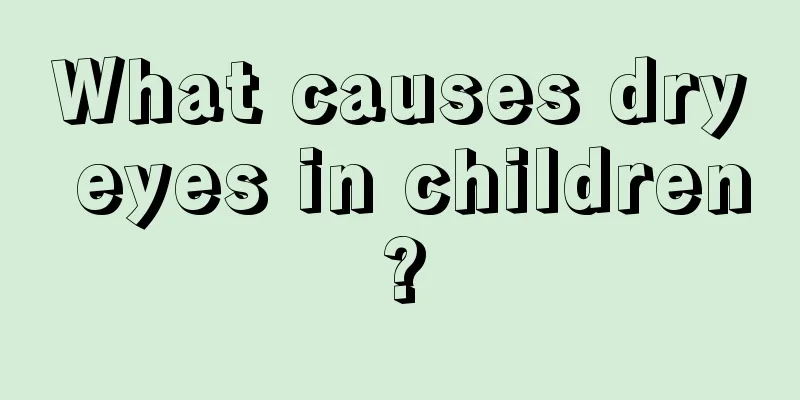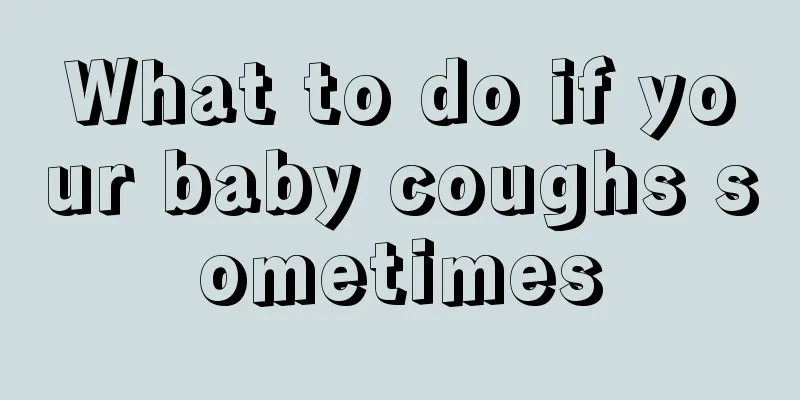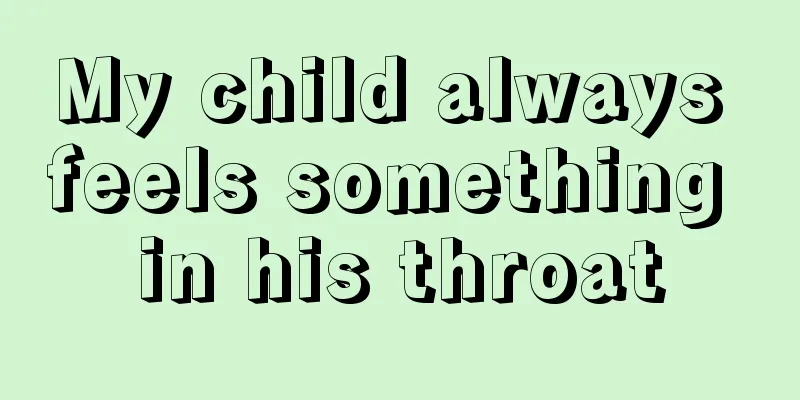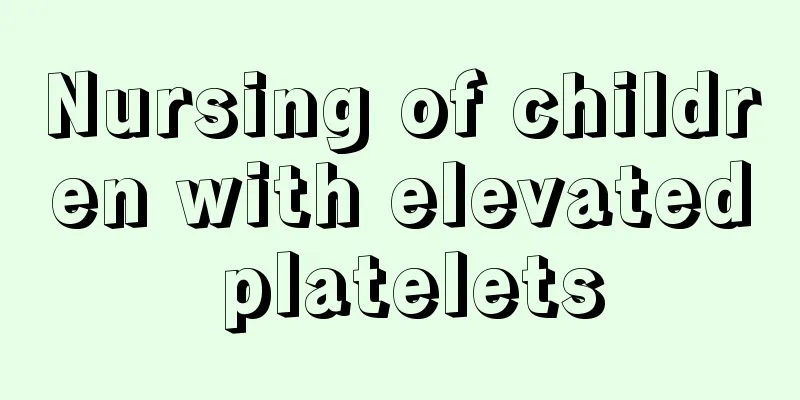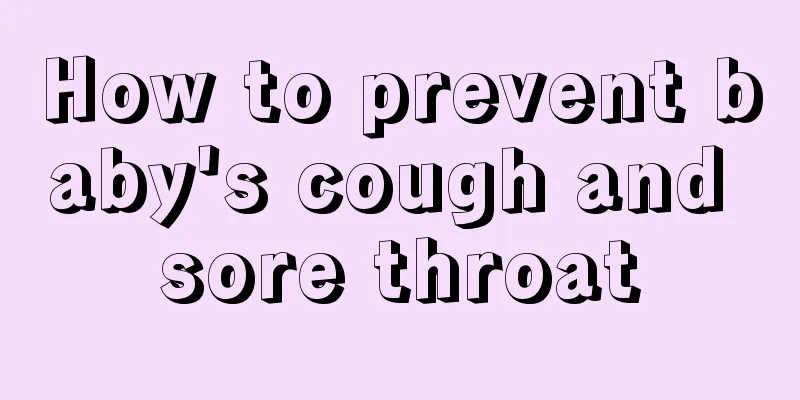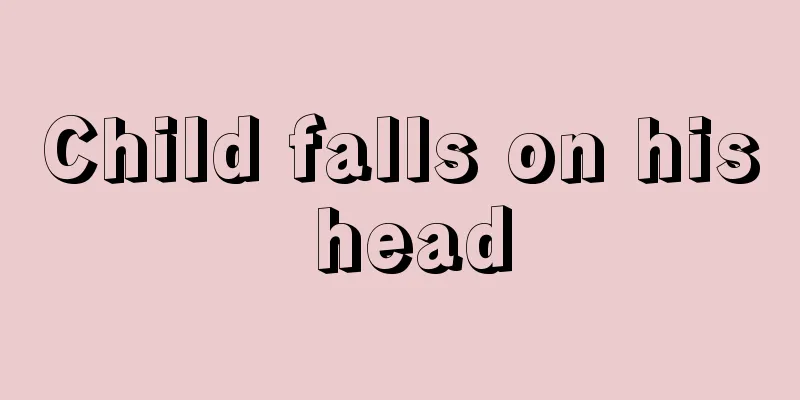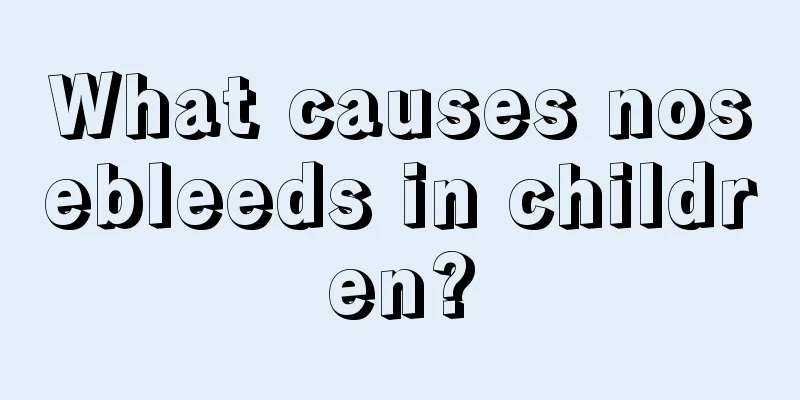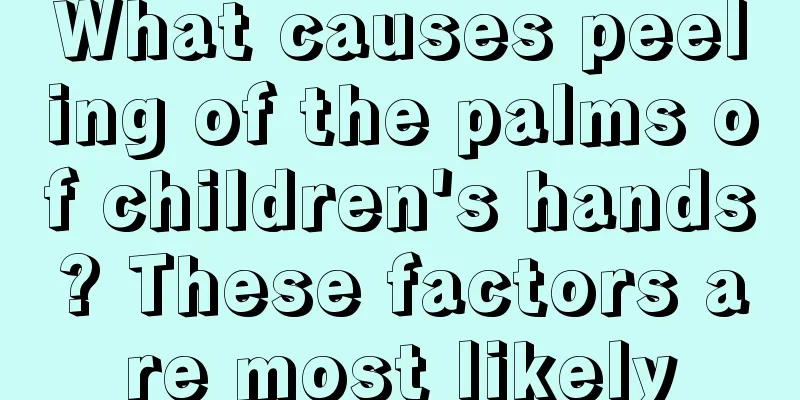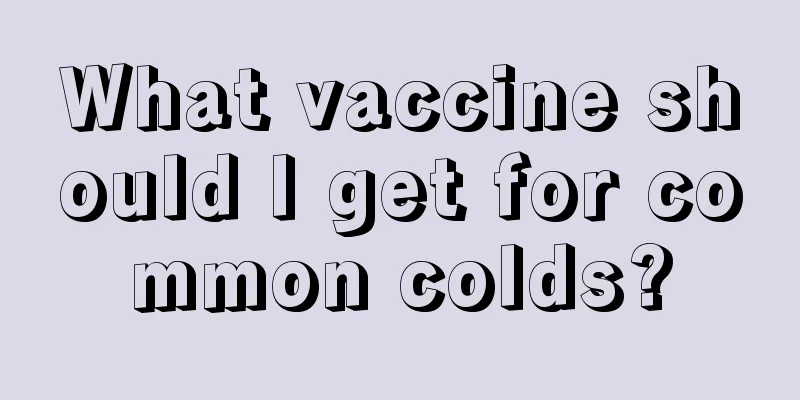What are the early symptoms of cerebral palsy in children?

|
Cerebral palsy in children is one of the most common children's diseases nowadays. When faced with such a disease, we as parents went from worrying and tormenting at the beginning to facing it with a calm attitude, because we parents will actively choose to face it with our children with the principle of not giving up or abandoning. Usually, if the symptoms of the disease can be discovered in the early stage, it also plays a key role in treatment. Let us learn about some of the early symptoms of cerebral palsy in children. Symptoms: 1. Athetosis: often manifested as involuntary "worm-like" movements of the limbs, head, face or whole body muscles. It gets worse when you are nervous or excited, gets better when you are quiet, and disappears after falling asleep. 2. Spastic type: Most children with cerebral palsy belong to this type, which is also the most common clinical type. The child has difficulty abducting both thighs, the knees are difficult to straighten after flexion, and the gastrocnemius muscles contract, causing Achilles tendon contracture. When held upright, the lower limbs are straightened, adducted and internally rotated, and the legs are crossed in a scissor shape. When walking, the patient has a "scissor-like" spastic paralysis gait, with the toes touching the ground. The upper limbs show flexion of the elbow and wrist joints. 3. Ataxia type: This type is less common and is mainly manifested by signs of cerebellar lesions, common nystagmus, dysmetria, unstable gait, shaking and intention tremor, etc. Muscle tone is low and tendon reflexes are not hyperactive. Treatment: (1) Rehabilitation massage: baby touch, whole body and local massage; (2) Acupuncture treatment. (3) Functional and intellectual training: Perception, audio-visual, language, memory and movement training, combined with comprehensive treatment of infant exercises. (4) Psychotherapy: Talk with the child, observe his/her emotions, psychology, and interests, provide guidance and inspiration, adjust his/her pathological psychology, and develop intelligence through games and music. (5) Exercise therapy: weight loss gait training, field therapy, occupational therapy, balance function training, sensory integration therapy, cultural and sports therapy, etc. (6) Hyperbaric oxygen therapy. (7) Physical therapy: excitatory therapy device, cerebral circulation therapy device, digital leveling therapy device, near infrared, composite multifunctional fumigation, etc. (8) Water bath therapy: whirlpool, bubble bath therapy, water exercise therapy When facing children with cerebral palsy, parents should first adjust their mentality, give their children more care, more patience and more confidence, give their children enough sense of security psychologically, and cultivate their children's hands-on ability so that they can learn some simple self-care. Finally, they should actively strengthen their children's rehabilitation training. |
<<: What's wrong with my child's cerebral palsy?
>>: How old is the baby to suck his fingers?
Recommend
What are the symptoms of food fever in children
Children's fever is related to diet. It has c...
What are the treatments for baby rhinitis?
Children's bodies are relatively weak and the...
How to correct gestational age for premature babies
Pregnant women are easily affected by many factor...
The folk method of deworming children
As we all know, roundworms are of no benefit to o...
Is it normal for children to change their teeth at the age of five and a half?
Tooth replacement is an experience that every chi...
Causes of perianal abscess in newborns
Perianal abscess in newborns is a relatively comm...
What medicine is used to treat jaundice in children
Nowadays, there are many medicines for treating p...
What are the treatments for ADHD in children?
Nowadays, most families have a child who loves to...
What's wrong with the baby crying at night?
Those who have taken care of a baby should have h...
Why does a four-month-old baby cry before going to bed?
We all know that babies sleep most of the day aft...
Cultivating the best emotional intelligence for boys
In the field of education, it is generally believ...
Can children eat grapefruit when they have diarrhea?
I believe that for many parents, in addition to p...
What to do if your baby stutters
Stuttering in babies is a common problem that occ...
Is the collapsed nose inherited from the parents?
It is said that children will inherit many things...
Is breast development normal for an 8-year-old girl?
The girl next door is just eight years old, and h...
